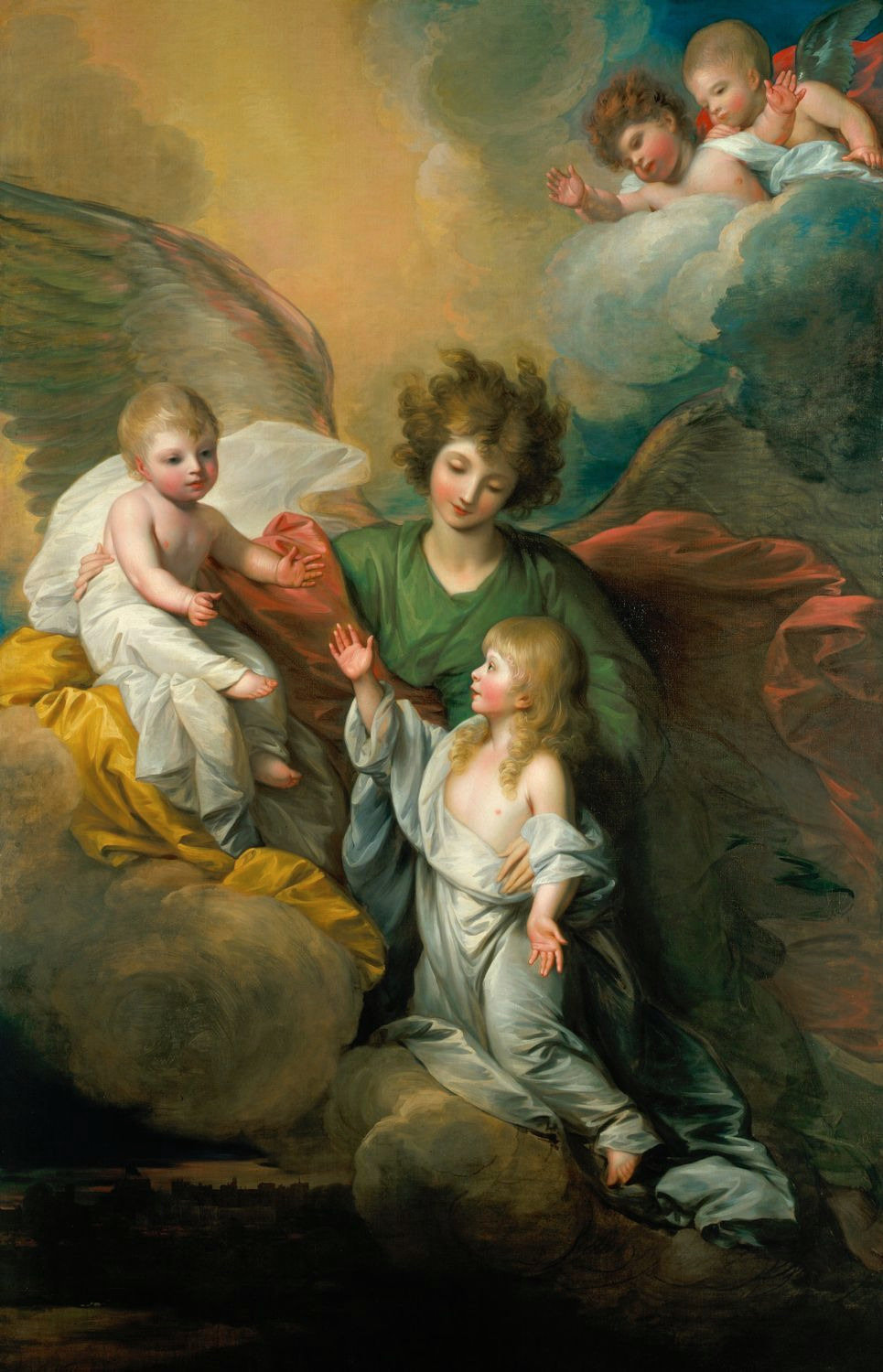by Susan Flantzer © Unofficial Royalty 2013

Prince Alfred, Credit – Wikipedia
Smallpox, now eradicated, was a serious contagious disease that killed many and left many survivors scarred. The disease knew no class boundaries and royalty was as likely to suffer from it as the common folk. Smallpox was a leading cause of death in the 18th century. It killed an estimated 400,000 Europeans each year in the 18th century, including five reigning European monarchs: King Louis I of Spain in 1724, Emperor Peter II of Russia in 1730, Louise Hippolyte, Sovereign Princess of Monaco in 1731, King Louis XV of France in 1774, and Maximilian III Joseph, Elector of Bavaria in 1777. During the 17th century, the British House of Stuart was greatly affected by smallpox. King William III’s parents William II, Prince of Orange and Mary, Princess Royal (daughter of King Charles I) both died of smallpox as did King William III’s wife and co-ruler Queen Mary II. Other Stuarts who died from smallpox were: Henry, Duke of Gloucester (son of King Charles I), Charles, Duke of Cambridge (son of King James II), Mary and
Anne Sophia (two of the five children of Queen Anne who were born alive – Anne had 17 pregnancies). In addition, King Charles II, Henrietta (daughter of King Charles I), King William III, and Queen Anne all had smallpox and survived.
Before Edward Jenner developed the smallpox vaccine that contained the cowpox virus in 1796 and that led to the eradication of smallpox, there was another way to possibly prevent smallpox called variolation. It was first seen in China in the fifteenth century. In 1716, Lady Mary Wortley Montagu accompanied her husband to Turkey where he was to serve as the British ambassador. While she was in Turkey, Lady Mary observed the Turkish practice of smallpox variolation or inoculation. Live smallpox virus in the liquid from a smallpox blister in a mild case of the disease was put into a cut of a healthy person. Lady Mary wrote that such persons “are well for eight days. Then the fever seizes them and they keep their beds two days seldom three. They have rarely more than twenty or thirty pustules on their face, which leave no mark, and then they are as well as before their inoculation.” However, there was some risk in using a live virus. About 3% of those inoculated developed smallpox and died. Others spent weeks recovering, but that was preferable to catching smallpox with its mortality rate of 20–40% and scarred survivors.
Lady Mary’s brother had died of smallpox and Lady Mary herself had smallpox and survived, but was left scarred, and very interested in inoculation. While in Turkey, she had her son inoculated. When Lady Mary returned to England, she tried to promote the practice but was met with resistance from the medical community. In 1721 after a smallpox epidemic struck England, Lady Mary had her three-year-old daughter inoculated by Charles Maitland, a doctor who had been at the British embassy in Turkey. Lady Mary persuaded Caroline, Princess of Wales (wife of the future King George II) to arrange to have the inoculation tested using prisoners and orphans, all of whom survived the inoculation. In 1722, King George I allowed Charles Maitland to inoculate two of his grandchildren, the children of the Prince and Princess of Wales, and they survived. The inoculation gained acceptance and was used until Edward Jenner developed his much safer vaccination using the cowpox virus instead of the smallpox virus.
Two of the 3% who died after receiving the smallpox inoculation were the two younger sons of King George III, Prince Octavius and Prince Alfred. Prince Alfred was born on September 22, 1780, the ninth and youngest son and fourteenth child of King George III and his wife Charlotte of Mecklenburg-Strelitz. Alfred was probably a “blue baby” due to a heart defect and was always in delicate health. In 1782, Alfred received the smallpox inoculation by having two small holes made in each arm with the point of a lancet. The smallpox virus was then “inserted” by drawing a thread several times under the skin.
After the inoculation, Alfred did not recover as he should have. His face and his eyelids had eruptions from the smallpox inoculation and he had difficulty with breathing. The doctors agreed that he would survive for only a few weeks more which came as a great shock to his family. After suffering from prolonged bouts of fever, Alfred died on August 20, 1782, a month short of his second birthday. However, there was no formal mourning for Alfred as it was not customary for the deaths of those under the age of seven. Alfred was buried at Westminster Abbey. His remains were moved to the Royal Tomb House at St. George’s Chapel, Windsor Castle on February 11, 1820, shortly after his father’s death. Alfred was the first of his parents’ fifteen children to die and his parents were devastated. Lady Charlotte Finch, the children’s governess, reported that Queen Charlotte “cried vastly at first and…though very reasonable – she dwelt on her good fortune in having thirteen healthy children…and she was very much hurt by her loss and the King also.”
King George said that if it had been three-year-old Prince Octavius who had died, he would have died too. Ironically, less than a year later, on May 3, 1783, Prince Octavius died also from complications of smallpox inoculation. King George said, “There will be no Heaven for me if Octavius is not there.”

Prince Octavius meeting his brother Prince Alfred in heaven, Credit – Wikipedia
This article is the intellectual property of Unofficial Royalty and is NOT TO BE COPIED, EDITED, OR POSTED IN ANY FORM ON ANOTHER WEBSITE under any circumstances. It is permissible to use a link that directs to Unofficial Royalty.
